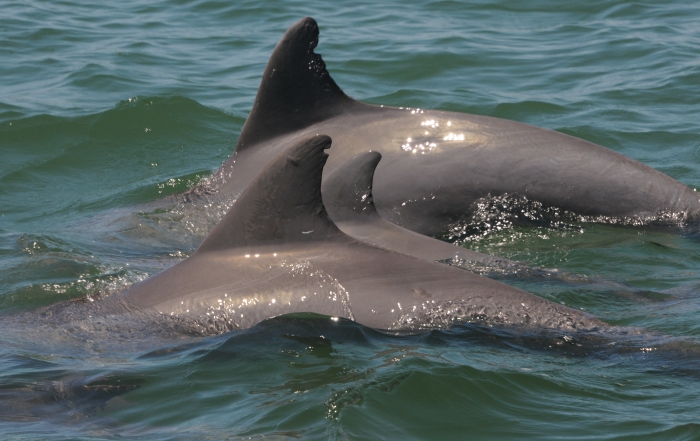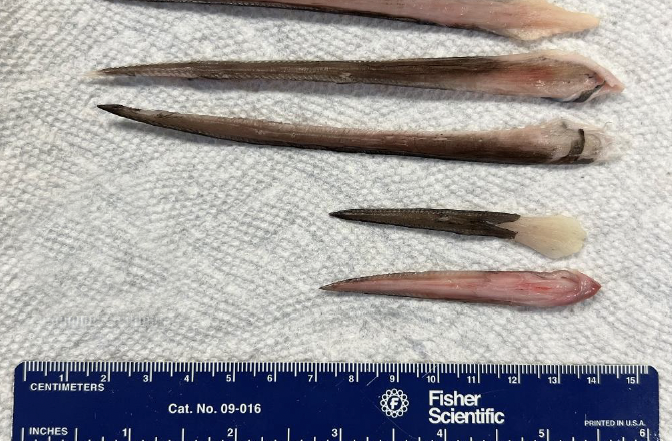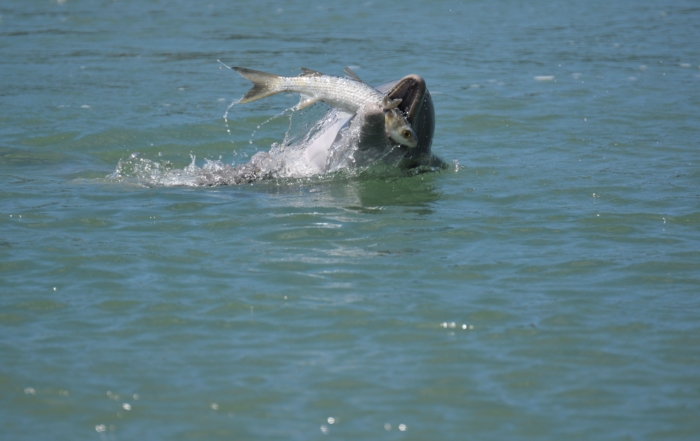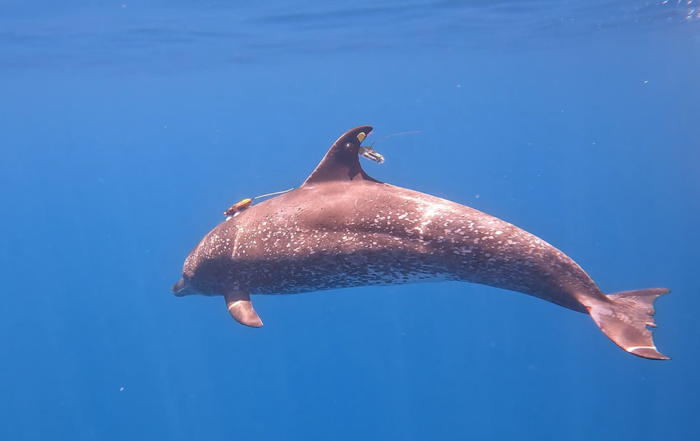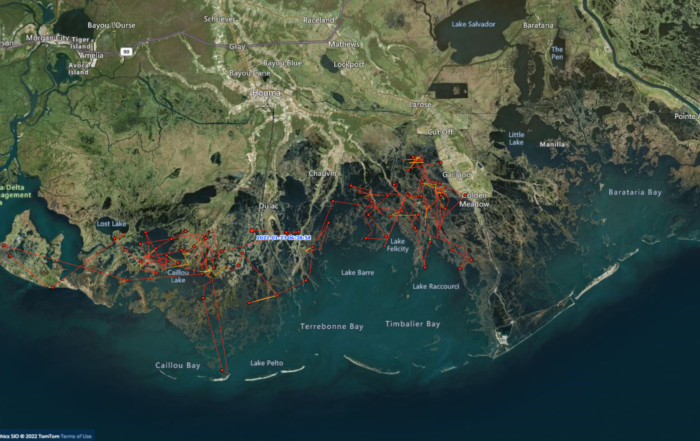
The Sarasota Dolphin Research Program:
Our Approach to Helping Dolphins
Our Approach to Helping Dolphins
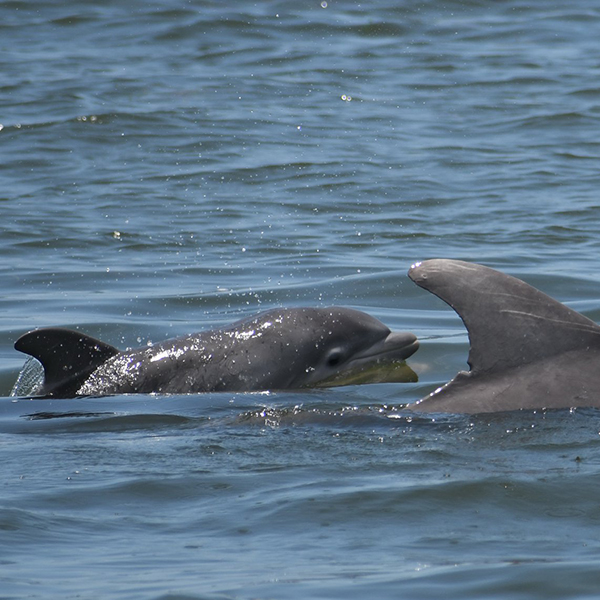
We conduct the longest-running study of a wild dolphin population in the world and have been learning about the daily lives and threats to the dolphins of Sarasota Bay, Florida, since our program began in October 1970.
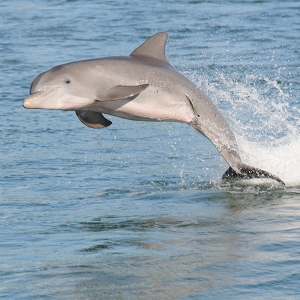
Today, we share our knowledge through national and international collaborations designed to help conserve wild dolphin populations — not just in Florida and in the U.S., but throughout the world.
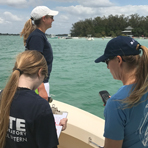
Our goal with every research and conservation project that we undertake locally, nationally and internationally is to contribute to a better understanding of the structure and dynamics of dolphin, whale, and porpoise populations, as well as the natural and human-induced factors that impact them.
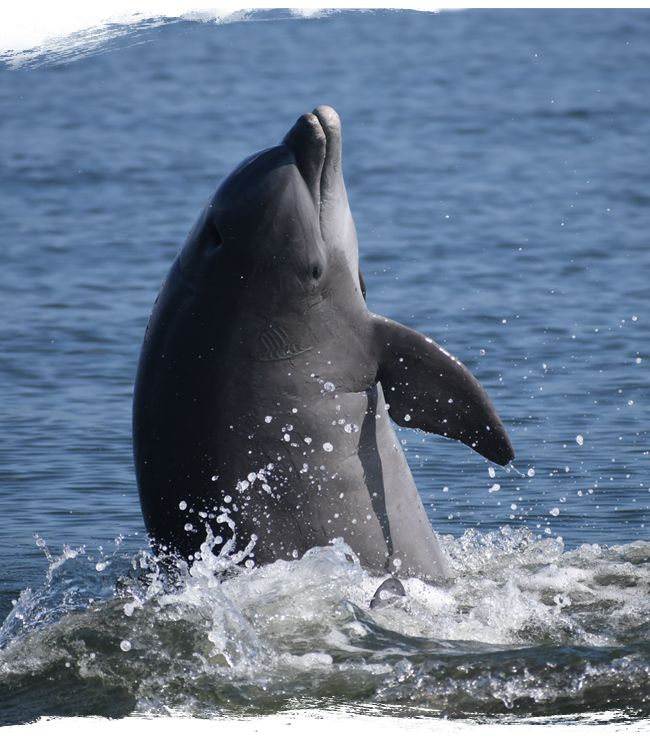
UNCOVERING
THE SECRET LIVES OF
DOLPHINS
We’ve documented six generations of dolphins in Sarasota Bay, including the oldest-known wild dolphin in the world. Nicklo lived to age 67.
50-plus years of study has given us an unparalleled window into the world of wild dolphins. Our home base, Sarasota Bay, Florida, is a unique natural laboratory where we have spent a half-century studying their lives — we know their lineages, their companions, their favorite hangouts and even their eating habits. We’ve borne witness to hundreds of dolphin births and been there to learn what we could from dolphin deaths.
These coastal dolphins are a permanent community — our neighbors — whose lives are helping us to understand dolphin populations throughout the world.
THREATS TO WILD
DOLPHINS
DOLPHINS
As top predators in their environments, dolphins face few natural threats. But locally and worldwide, they face numerous threats from anthropogenic — human induced — causes. One part of our mission is to help educate people like you on how you can help keep wild dolphins safe.
WHERE WE WORK
 Conservation or Research Project
Conservation or Research Project Graduate Student Theses
Graduate Student Theses Consulting/Advising
Consulting/Advising  Dolphin Tracking
Dolphin Tracking
FEATURES
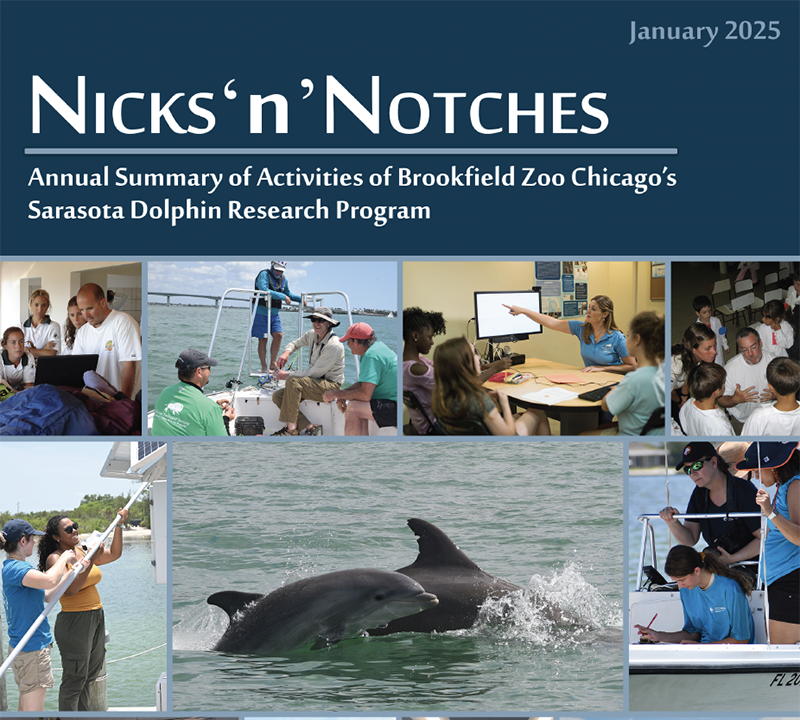
Identifying Dolphins Throughout the Gulf of Mexico
The CZS-SDRP curates the Gulf of Mexico Dolphin Identification System (GoMDIS), which combines, standardizes, and serves as an online
Barbed! Stingray Spine Injuries
Did you know that stingrays are dolphin neighbors? They share share shallow seagrass habitat in Sarasota Bay where they
Fatty Acid Signatures
If they are what they eat, what are dolphins eating? Thanks to our long-term studies — including seasonal fish
Remembering Two Giants of Marine Mammal Science
SDRP Founder Blair Irvine (left) and Sam Ridgway, 1967. The marine mammal scientific community has
Assessing the Health of Offshore Dolphins
Learn About the First Health Assessment of an Offshore Dolphin in the Gulf of Mexico
Saving Dolphins from Ourselves
We Can All Protect Dolphins from Negative Human Interactions This spring, we saw several negative
DWH: 12 Years On
A Dozen Years After the Deepwater Horizon Disaster, We're Still Documenting Impacts to Dolphins April
Tracking “Dorothy”
What Happens When a Dolphin is Left Behind by a Hurricane? This map shows the
